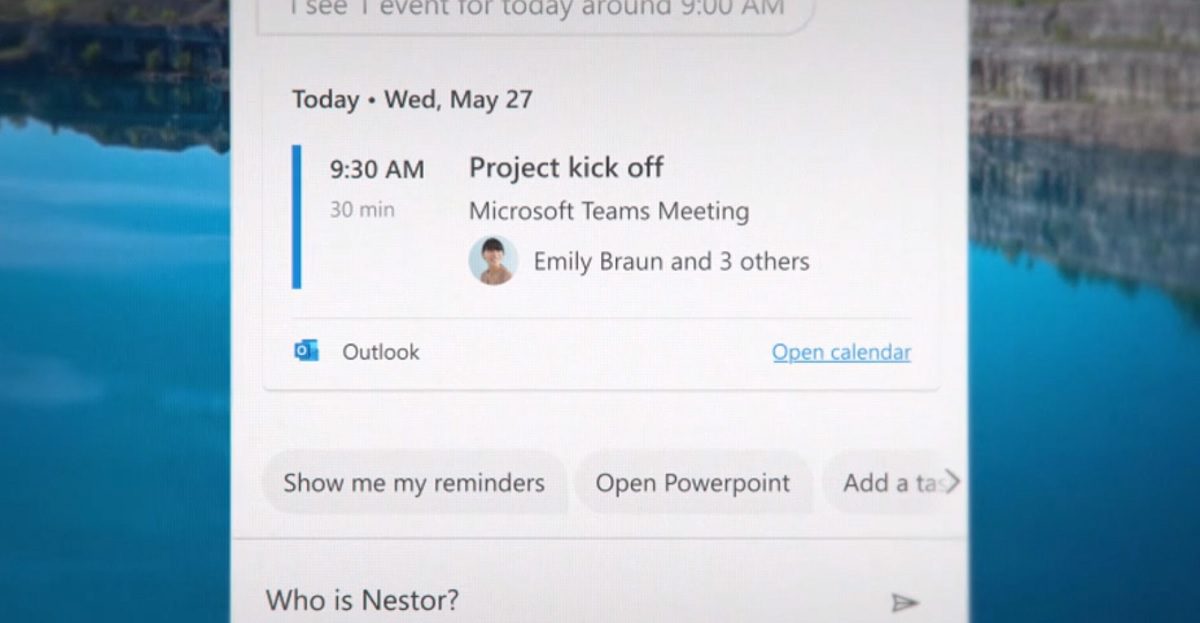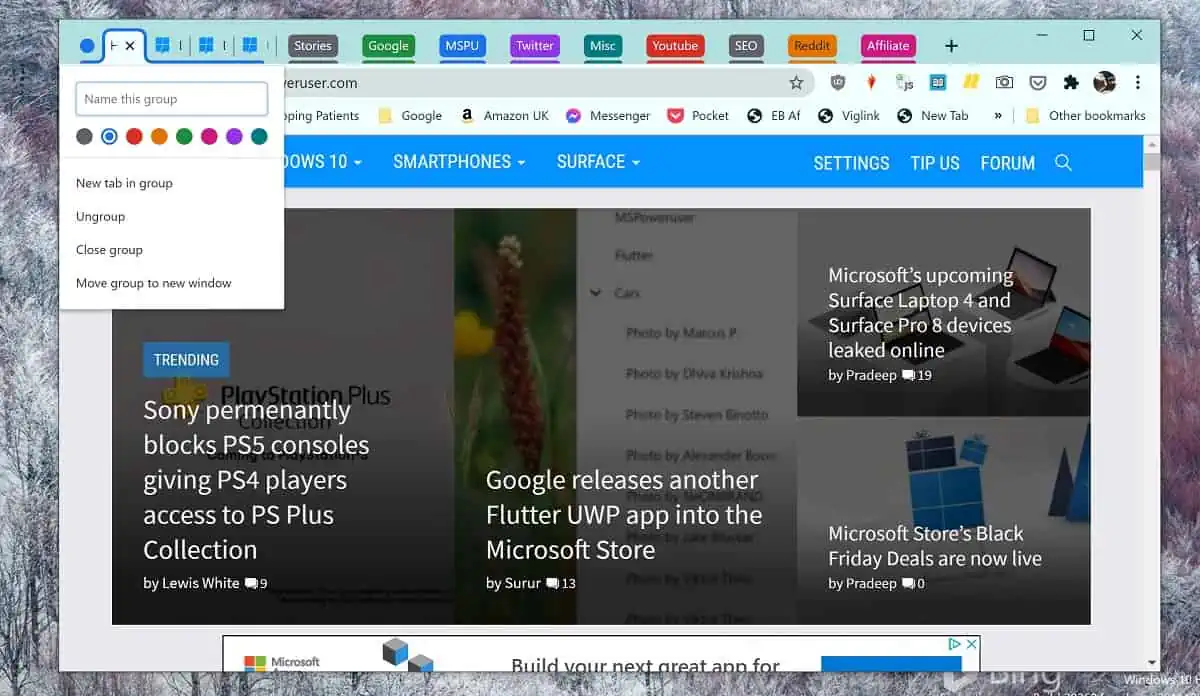Cortana daily briefing emails soon to be available in more languages
2 min. read
Published on
Read our disclosure page to find out how can you help MSPoweruser sustain the editorial team Read more

In May last year Microsoft rolled out a new Cortana-based feature for Microsoft 365 users- Briefing email from Cortana.

These personalized briefs appear automatically in your Outlook inbox near the start of your workday, providing intelligent, actionable recommendations of documents for you to review ahead of the day’s meetings and drawing your attention to pending requests or commitments from prior emails that you may want to follow up on. This email will also make it easy for you to reserve “focus time” during your workday for uninterrupted focused work with Microsoft Teams notifications silenced.
Briefing email from Cortana first rolled out to Microsoft 365 Enterprise users with Exchange Online mailboxes in English. Today Microsoft announced that the feature will be rolling out more widely to users with Exchange Online mailboxes in French, German, Italian, and Portuguese.
The expansion will be rolling out in early June and expected to be complete by the end of August.
Once this change has rolled out, the Briefing email from Cortana will be supported in French, German, Italian, and Portuguese. Users who previously could not receive the Briefing email because their mailbox language was set to French, German, Italian, or Portuguese will now begin receiving the Briefing email.
Microsoft will be adding support for additional languages in the next few quarters.
Briefing emails are enabled by default. Users can opt-out of the Briefing email by selecting Unsubscribe, located near the bottom of all Briefing emails and Exchange Service Administrators or Company Administrators can disable the feature using PowerShell.









User forum
0 messages